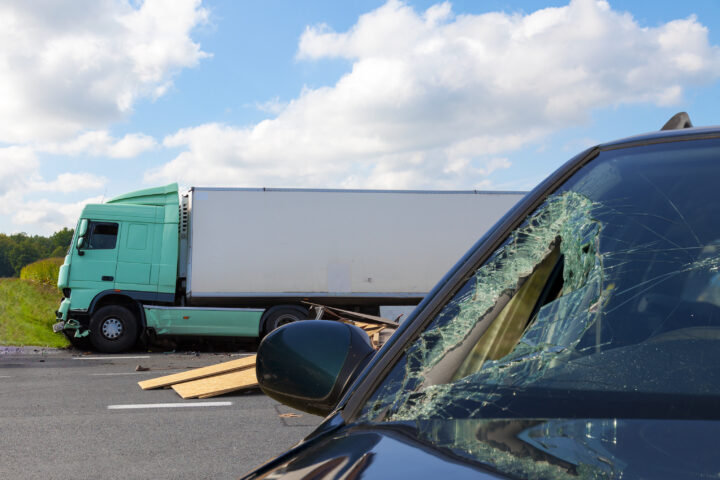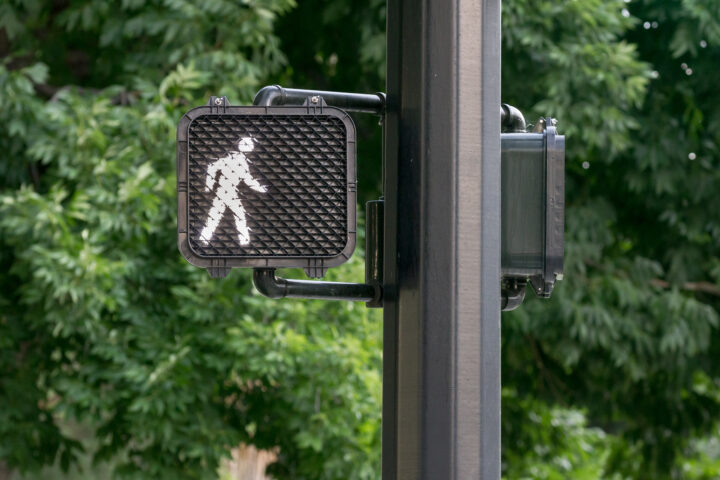
In 2020, 15,342 people experienced serious injuries as a result of a car accident in California.
After getting medical attention, often the first thought of the drivers involved is who’s fault was this accident? How did this happen?
Factors like drunk driving, speeding, not wearing a seat belt, and drowsy or distracted driving contribute to the cause of an accident.
Sometimes it’s not just one driver’s fault that contributed to an accident. Pure comparative negligence allows even a driver almost entirely at fault to seek compensation.
Read on to learn more about the role of negligence in a car accident and what it can mean when filing a car accident claim.
What Is Pure Comparative Negligence?
It’s not uncommon to say this driver was at fault in an accident. However, a part of tort law covers pure comparative negligence.
Pure comparative negligence is a factor for casualty insurance in many states, including California. It states that their respective contributions to the accident are how the amount of fault is calculated.
What many find surprising is what happens in pure comparative negligence. Say there’s an accident, and one driver is assigned 95% of the fault. That driver can still put a claim on 5% of the damages issued to the other driver.
Understanding How Comparative Negligence Works
Car accident fault after an accident is a big deal for insurance companies and personal injury claims. It helps to define damages between a plaintiff and a defendant in a personal injury suit after a car accident.
Typically, an insurance company addressing a car accident in a state with pure comparative negligence will assign a percentage of fault to the drivers involved.
If both drivers were speeding, for example, they were both at fault. Yet, if both drivers are speeding and one runs a red light causing the collision, that driver will have a higher percentage of fault in the accident.
Yet, remember, with pure comparative negligence, the driver with a higher level of fault may claim some of the damages in an accident. The other driver also had a percentage of fault associated with the accident.
Comparative Negligence Theories for Use
In states like California, where comparative negligence is used, the assignment of fault is often called apportionment of fault or allocation of fault.
In any legal case associated with a car accident, these percentages become critical in claiming compensation. A personal injury lawyer representing an accident victim will work hard to ensure the percentage of fault connected to their client is as low as possible.
Likewise, suppose an attorney is representing the defendant. In that case, pure comparative negligence matters significantly. It reduces their fault and allows them also to claim the amount of fault the other driver holds for the accident.
Comparing Types of Comparative Negligence
There are generally several different types of comparative negligence. A type of negligence doctrine includes comparative negligence.
Let’s take a closer look at the different kinds of comparative negligence and how it compares to the rules for pure comparative negligence.
Comparative Fault
In a comparative fault case, both the defendant and the plaintiff are held responsible for the degree of damages that their actions while driving caused toward the accident.
Once there’s a compensation award established, the court will consider the plaintiff’s percentage of fault in the accident. That percentage of negligence is then subtracted from the compensation award amount.
Remember, most people are surprised to realize that when a state like California uses pure comparative negligence, even a small percentage can go to the plaintiff in compensation. If the plaintiff is 99% at fault for the accident, they can still claim 1% of the compensation award.
Another form is modified comparative negligence. In this type of negligence, a plaintiff can’t be assigned more than 49% to 51% responsibility for an accident. If they hold at least this amount of responsibility, they lose the right to recovery of a compensation award.
Contributory Negligence
Contributory negligence laws say that if the plaintiff in an accident has any level of contribution to the accident occurring, then no financial recovery is allowed from the accident.
So being even 1% at fault in an accident means the plaintiff will give up the right to compensation from an accident.
Joint and Several Liabilities
The joint and several liabilities law is a little more complex and applies when there are multiple parties involved in an accident. The rule says the plaintiff can be given a settlement from more than one defendant who might be liable in an accident.
What might happen in a case like this with multiple defendants is additional lawsuits against each other. The courts are likely to apply contributory negligence, and the appropriate defendant will pay the percentage of compensation to the plaintiff.
Pure Comparative Negligence in California
California law allows an injured driver who holds as much as 99% of the fault of an accident to claim still a percentage of damages that will be paid from the accident.
If a driver holds a large percentage of fault in an accident but still experiences injuries, it’s important for them also to have legal representation.
They are entitled to their percentage of injuries. They need to have someone fighting to represent their interests, despite their role of fault in the accident.
Get Legal Help for Your Personal Injury Claim

Following a car accident, it’s important to seek representation from a car accident lawyer as quickly as possible.
No matter your level of fault in an accident, you need someone who is acting to protect your interests. This is especially true in California, where if you do carry a large percentage of the fault, you can still claim damages.
Understanding Pure Comparative Negligence for Your Car Accident Claim
Pure comparative negligence in California is important for the person carrying a higher percentage of fault. It still holds the other driver accountable for their share of fault and allows for compensation to potentially both drivers.
If you’ve been in a car accident, you need legal representation, and we can help. Contact us today so we can get to work on your behalf.


